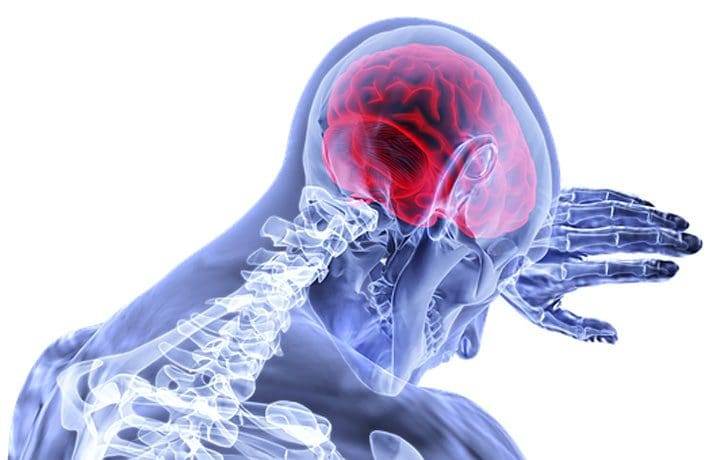Tired of medication and therapy? Why you should consider mental health alternatives – words Al Woods
Mental health problems put strain on our relationships and make living much more burdensome.
Doctors know how hard mental conditions are to treat. They are persistent, evasive, and require strong treatment plans, which often include therapy and medication.
But what if you’ve tried these common treatment options, and still, your mental health condition persists? What then?
The good news is you have alternative options.
In this article, we’ll cover some of the most popular alternative treatment options you should know about.

What Are Standard Treatment Options?
Patients with mental disorders can visit a primary care doctor. Here, professionals will offer a diagnosis and treatment options. Doctors can prescribe antidepressants to help a patient manage their illness. Antidepressants, for instance, balance chemicals in your brain.
Doctors might also recommend therapy. Patients can visit a psychologist to work through their mental issues. Regular appointments also help patients learn how to cope with their disorder.
Why Go Alternative?
Standard treatment options work wonders for many. Some, however, don’t respond to counseling and would prefer not to take medication. Even if you stick to your treatment plan, you might find that it’s just not working.
This is perfectly common and normal. Everyone is unique and requires a different approach.
Thankfully, several alternative treatments are becoming more popular at specialized clinics throughout the country:
Transcranial Magnetic Stimulation
This therapy might seem like something out of a sci-fi movie. It is a non-invasive procedure relying on magnetic fields, but it works for many patients. An electromagnetic coil is placed on your head and emits pulses. The pulses stimulate nerve cells responsible for mood.
Essentially, TMS activates regions of the brain affected by depression. It is used when medications and psychotherapy don’t work.
TMS is considered a low-risk procedure. It is non-invasive, absent of surgery or the implantation of electrodes. It doesn’t require sedation or cause seizures.
Serious complications are rare. Patients might experience mild side effects such as:
- Light-headedness
- Scalp discomfort
- Tingling or twitching facial muscles
- Headaches
These side effects usually fade with more exposure to the treatment. Always talk to your doctor if you are worried.
Electroconvulsive Therapy
Electroconvulsive therapy (ECT) is reserved for when patients fail to respond to more common treatment methods.
The procedure is performed when patients suffer from:
- Severe depression (including treatment-resistant depression)
- Severe mania
- Catatonia
- Bipolar disorder
Typically, a psychiatrist will prescribe the procedure. It will be administered by a doctor and an anesthesiologist.
On the day of the procedure, a patient is sedated and given anesthesia. A shock is delivered to the brain and induces a seizure. The seizure changes your brain’s chemistry, thus relieving severe symptoms.
There is a lot of stigma surrounding ECT. In the past, ECT caused severe side effects because it was used without anesthesia. Today, it is a much safer procedure. The potential side effects include temporary confusion and memory loss. You are also at risk for possible complications caused by the anesthesia.

Vagus Nerve Stimulation
In the U.S., VNS is approved for cases of epilepsy and depression. The procedure can prevent seizures and relieve depressive symptoms. After the procedure, it can take several months to notice results.
Through surgery, a device is placed under the skin of your chest. A wire under your skin connects the left vagus nerve to the device. Electrical signals travel from the nerve to your brain stem. It is a relatively safe procedure. However, it is a surgery and comes with risks.
The Bottom Line
Most mental disorders are chronic. This means that there is no “cure,” only treatment. Keep in mind that the treatments mentioned won’t be your panacea. However, especially in combination with other treatments, you may find way more relief through these alternative methods.




















